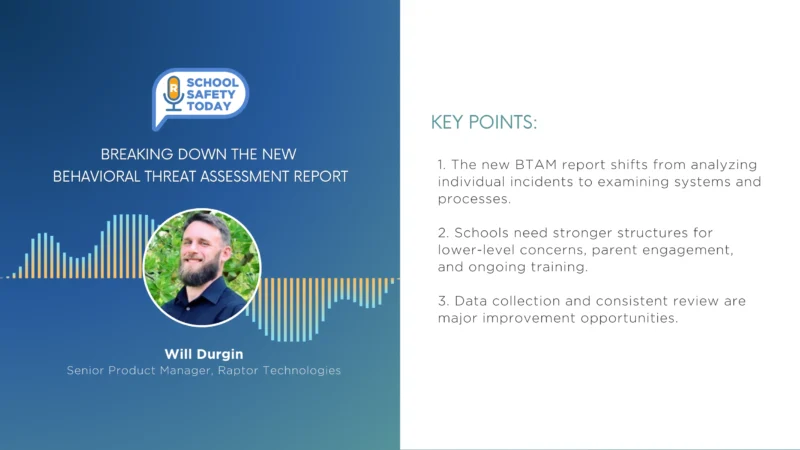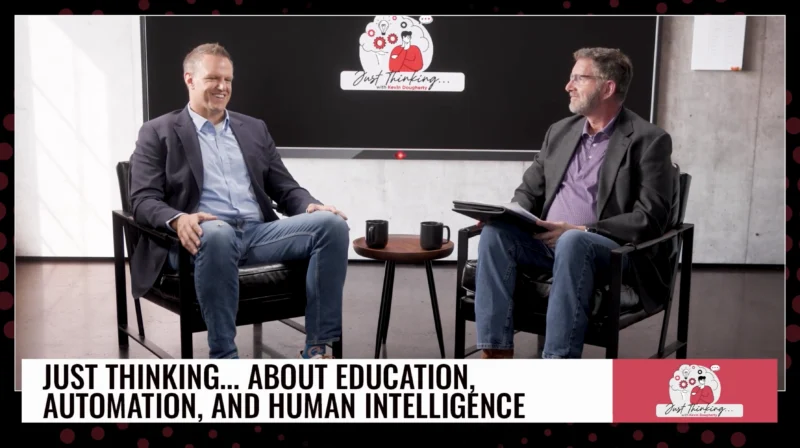Building for Tomorrow: A Collaborative Journey in Designing an Innovative Learning Space
In today’s rapidly evolving educational landscape, adapting learning environments to meet the needs of both present and future students has become a paramount concern. To address this challenge, an inspiring initiative was undertaken by a diverse group consisting of teachers, students, administrators, directors, and architects. This forward-thinking collaboration aimed to transform traditional classrooms into innovative spaces that foster creativity, engagement, and hands-on exploration.
The architects initiated the process by seeking input from these diverse programming groups, asking a fundamental question: What do students truly need in a learning environment? The response was resounding—a versatile, dynamic space equipped with practical elements such as sinks, plentiful cabinets, resilient floors, and butcher block tables, facilitating an interactive and experimental atmosphere. Taking cues from other schools, the team incorporated wall-mounted monitors, prioritizing writable surfaces over projectors to encourage active participation and idea sharing.
Anticipating future growth, the architects designed the building with expansion in mind, aligning with the vision of the board of education. A spacious core was conceived to accommodate a thriving high school, with classrooms meticulously planned to offer a seamless experience where teachers can effortlessly navigate and configure their spaces to suit various instructional needs. The aspiration was to create an environment where every aspect of the learning process flows smoothly, empowering educators and students alike.
What truly sets this endeavor apart is the emphasis on teacher involvement throughout the planning stages. By soliciting their invaluable input, the architects ensured that the new learning spaces would resonate with the unique pedagogical approaches of the faculty. Witnessing this collaborative process unfold was undeniably exciting—a testament to the commitment to providing an exceptional educational experience.
The end result of this transformative journey is a testament to the power of collaboration and forward-thinking design in education. These thoughtfully designed spaces not only cater to the current generation of learners but also anticipate the needs of future students. By embracing innovation, adaptability, and inclusivity, this educational institution has created an environment that nurtures curiosity, critical thinking, and lifelong learning.
In the ever-changing realm of education, it is imperative to embrace change and create learning spaces that inspire and empower. This collaborative effort serves as a beacon, illuminating the path towards a future where education continues to evolve, adapt, and thrive.



